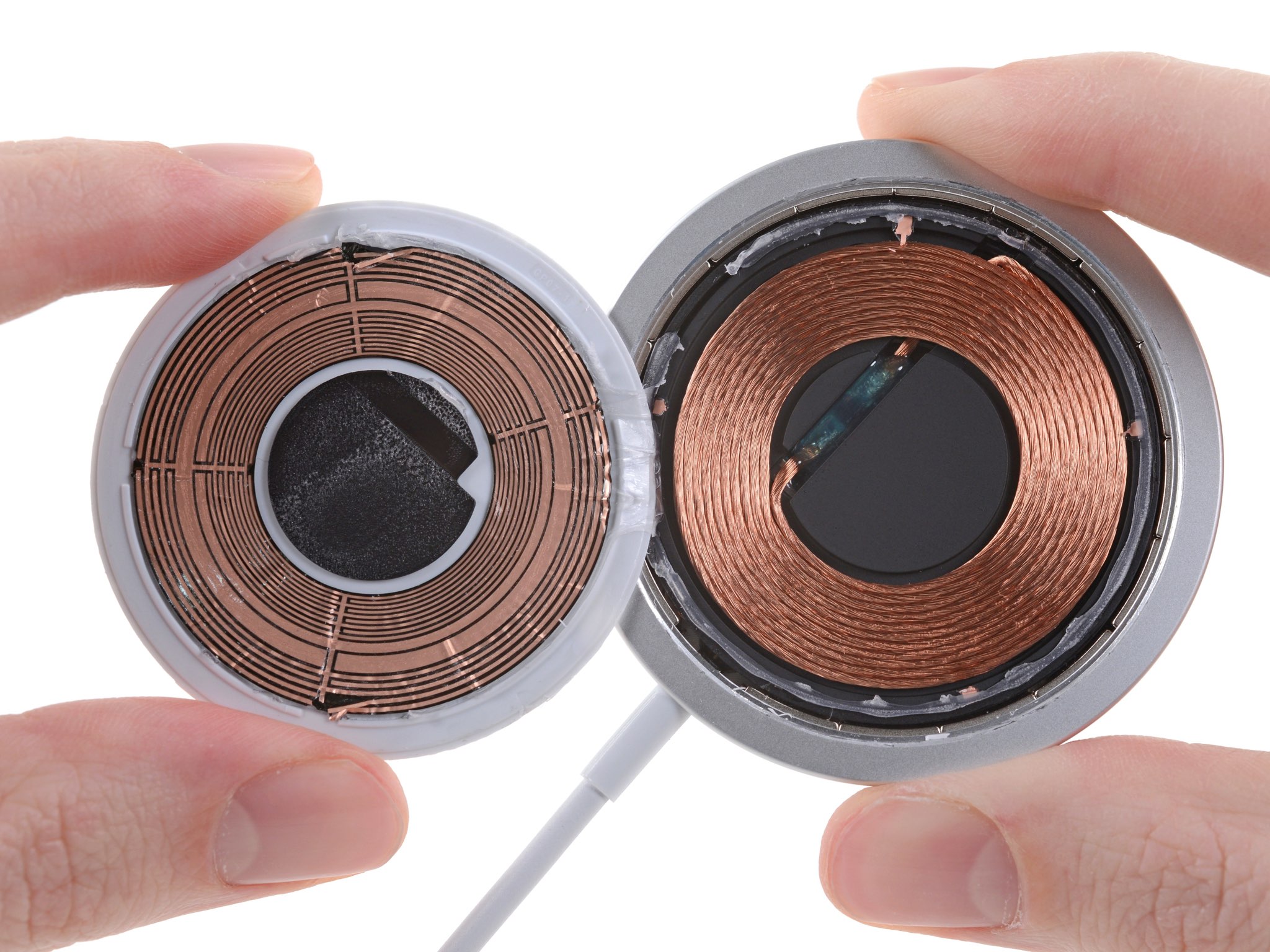
The fact that Apple’s new $39 MagSafe wireless charger currently works full speed on the new iPhone 12 if used with the company’s new 20W power adapter, sold separately, had doubters crying foul, saying it’s an artificial limitation to force users to buy new chargers from Apple.
When I did that story last week, I suspected that the new MagSafe charger probably relies on a very particular USB Power Delivery (PD) power profile to achieve its advertised 15-watt charge speed when used with the latest iPhones. Concretely, a 20-watt USB-C charger with support for the Power Delivery 3.0 specification and the 9V and 2.2A power profile is the minimum needed to charge with MagSafe at full efficiency. And for those wondering, you don’t have to buy Apple’s AC adapter as any USB-PD 3.0 one with equivalent specifications will do the trick.
Wesley Hilliard, writing for AppleInsider:
If the MagSafe puck and the AC adapter can’t negotiate the 9V and 2.22 amps, USB PD will default to the highest common mutually compatible voltage and amperage that it can, not to exceed that 9V or 2.22 amps. This will vary, depending on what AC adapter you have, given that the MagSafe puck can handle that 9V and 2.22 amps.
9V times 2.22 amps equals to approximately 20 watts of power. If your charger isn’t compatible with PD 3.0 and cannot proved 9V and 2.22 amps, your MagSafe charger will experience slower charging speeds.
The PD 3.0 specification includes specific requirements for available voltage rails for a given power rating. Any adapter above 7.5W will include only 5V delivered. Greater than 15W will utilize both 5V and 9V. Other voltages can be offered for negotiation, but cannot exceed the highest required voltage rail in the adapter. Once a device is connected, it negotiates with the adapter for the best combination of voltage rails to achieve maximum efficiency while charging.
And the crux of the post:
Like we said, Apple uses 9V and 2.2A for its MagSafe charger to get to 20W. You can only get this combination in USB PD 3.0 20W or higher wattage adapters — and Apple is not alone in providing that combination.
So a higher wattage alone won’t work, your 2oW adapter must have the correct specs, too:
Conveniently, the one with the correct specification is one Apple recently started selling and including with the 2020 10.2-inch iPad and iPad Air 4. There are 18W USB-C adapters available, but they do not meet the minimum requirements for charging at 15W.
So if you plan on purchasing a MagSafe charger, be aware of the power adapter you use with it:
Apple says the MagSafe charger will charge with any adapter greater than 12W, but at a reduced rate. Tests show around 10W or less when used with adapters below 20W. When the MagSafe charger negotiates for power it specifically looks for the 9V x 2.22A supply, which is only present in 20W PD 3.0 adapters — and only some with a greater power potential, given that it specifically needs that 9V x 2.22A supply. This is why it defaults to 5V x 2A when using the 18W adapter, and will do the same with most — but not all — existing 60W USB-C power adapters, resulting in slower charge speeds.
TL;DR: Full-speed charging via MagSafe currently works if you have Apple’s 20-watt power adapter. The accessory will eventually achieve the same charging speed with future USB Power Delivery 3.0 chargers that have been update to support the particular power profile that Apple is using to provide the optimum amount of power.
Go ahead, read Wesley’s excellent write-up over at AppleInsider for the full explanation.